Feeling stuck in cycles of negative thoughts, trauma, or emotional numbness? You are not alone.
For many, it feels like the brain has forgotten how to shift gears. But science has a term for that shift neuroplasticity. It may seem surprising, but ketamine, which was once used as an anesthetic, is now helping many people’s brains reconnect, rewire, and start healing. It's being studied and used for its ability to support neuroplasticity and emotional recovery.
So, how long does ketamine neuroplasticity last? Scientific findings suggest that ketamine-induced neuroplasticity peaks within 24 hours after administration and can last up to 7 days.
This opens promising avenues for treating conditions like depression, PTSD, anxiety, and even chronic pain. During this period, the brain is especially malleable, meaning therapy, journaling, neuroplasticity meditation, and positive language can have an amplified impact.
Let’s dive deep into the science, timelines, and what this means for healing and growth.
The Power of Words and Neuroplasticity
Before we talk chemicals, let’s talk language. Words aren't just descriptors; they are tools that shape reality. The way we speak about ourselves and our experiences plays a huge role in wiring the brain. This is the core of the power of words and neuroplasticity: every thought, affirmation, or internal criticism strengthens certain neural pathways.
Have you ever noticed how repeating negative thoughts makes us feel heavier? That’s neuroplasticity in action. But it works both ways. When we consciously shift to empowering, compassionate language, we start rewriting those circuits. Using positive and constructive language can rewire our brains to foster more empathetic and effective communication. Conversely, consistently using negative language can reinforce neural pathways that lead to negative perceptions and reactions.
Now, consider pairing the power of words with something that helps the brain physically open up to change. That’s where ketamine, a medication originally used as an anesthetic, comes in.
How long does ketamine neuroplasticity last, and how do you make it last longer?
Neuroplasticity is the brain’s ability to adapt, rewire, and form new connections. Ketamine-induced neuroplasticity refers to the brain’s enhanced ability to do this after ketamine treatment.
This effect typically lasts 3 to 7 days, with some benefits extending up to two weeks. During this window, the brain is more open to change, making it a key time for therapy, new habits, or mindset shifts. To make ketamine neuroplasticity last longer, engage in activities that reinforce positive change, like talk therapy, mindfulness, exercise, and sleep. These can help solidify new neural pathways formed during the enhanced neuroplastic state.
What Is Neuroplasticity Meditation?
Neuroplasticity meditation is a focused mental practice that helps the brain create and strengthen new neural connections. Unlike traditional meditation, which often centers on stillness or detachment, neuroplasticity meditation is about intentional rewiring. It uses techniques like positive affirmations, guided visualizations, emotional awareness, and breathwork to gently shift how we think, feel, and respond. before that read the 10 Principles of Neuroplasticity.
By repeating empowering thoughts like “I am healing” or visualizing a calmer, more confident self, you help your brain build new, healthier pathways, much like training a muscle. This type of meditation is especially powerful during periods when the brain is more open to change, such as after a ketamine session or during emotional recovery.
The goal isn’t to force positivity but to consciously direct your mental energy toward growth and healing. With regular practice, neuroplasticity meditation can support lasting change in mindset, habits, and emotional balance.
5 Tips for Boosting Neuroplasticity Meditation
Neuroplasticity meditation is a powerful tool on its own, but when combined with ketamine therapy, which chemically opens a window of enhanced brain flexibility, it can lead to profound, lasting change. Ketamine helps the brain become more malleable for a limited time, and during this window, your meditation practice can be much more effective at reshaping thought patterns, emotional responses, and behaviors.
Here are five key tips to maximize the benefits of neuroplasticity meditation, especially when paired with ketamine:
1. Set Clear, Positive Intentions Before Meditating
Ketamine temporarily increases your brain’s ability to form new connections, but your mind needs direction. Before meditating, choose a specific intention, such as healing past trauma or reducing anxiety. This focus acts like a mental roadmap, guiding your brain to rewire in meaningful ways during this heightened plasticity phase.
2. Use Affirmations That Reflect Your Desired Change
During ketamine’s neuroplastic window, your brain is especially receptive to new ideas. Repeating positive affirmations like “I am safe,” “I can heal,” or “I am worthy” helps strengthen new neural pathways. These affirmations reinforce the changes ketamine has helped unlock and create lasting emotional shifts.
3. Engage in Vivid Visualization Exercises
Visualization activates many of the same brain regions as real experiences. After ketamine treatment, when your brain is primed for growth, vividly imagining yourself overcoming challenges or responding calmly to stress can plant the seeds for new habits. Make your mental images as detailed as possible include sights, sounds, and feelings.
4. Pair Meditation With Controlled Breathwork
Slow, deep breathing activates the parasympathetic nervous system, which promotes relaxation and openness. When combined with ketamine’s neuroplastic boost, breathwork can further reduce anxiety and help your brain absorb new patterns. Try inhaling deeply for 4 seconds, holding for 4, then exhaling for 6 to calm your mind during meditation.
5. Leverage the Neuroplastic Window Post-Ketamine
Scientific research shows that the brain’s enhanced plasticity after ketamine peaks within 24 hours and remains elevated for about 3 to 7 days. This is the ideal time to engage in neuroplasticity meditation, therapy, journaling, and reflection. Treat this window like “wet cement” your thoughts, words, and actions can shape long-term neural patterns. Be intentional with what you focus on during this phase.
6. Enhance Brain Stimulation with Technology Like neuroVIZR
Neuroplasticity-supporting devices such as neuroVIZR use light and sound stimulation to engage the brain’s sensory pathways.
These devices can amplify meditative states and activate neural circuits tied to vision, emotion, and awareness. When used during the neuroplastic window after ketamine treatment, these tools may help deepen focus, enhance visualization, and reinforce positive neural changes.
Many users report faster emotional release, improved clarity, and a stronger sense of well-being when combining devices like neuroVIZR with breathwork and affirmations. However, it's essential to use them under guidance, especially when integrating with ketamine-assisted therapy.
Tap into Your Brain’s Full Potential with neuroVIZR
Experience a breakthrough in brain wellness with a revolutionary light and sound technology designed to elevate perception, cognition, mood, and mental clarity. This non-invasive, drug-free method activates deep states of awareness and relaxation without relying on traditional techniques or chemicals.
By encouraging neuroplasticity, this innovative tool helps your brain rewire and grow, opening new pathways for transformation. It’s ideal for deepening your meditation practice or fostering inner clarity and emotional balance.
Disclaimer: neuroVIZR is a wellness device created to promote relaxation, focus, and overall brain wellness. It is not a medical device, does not provide diagnoses, and is not intended to treat, cure, or prevent any medical condition. The device is not suitable for individuals with epilepsy. Experiences and results may vary from person to person.

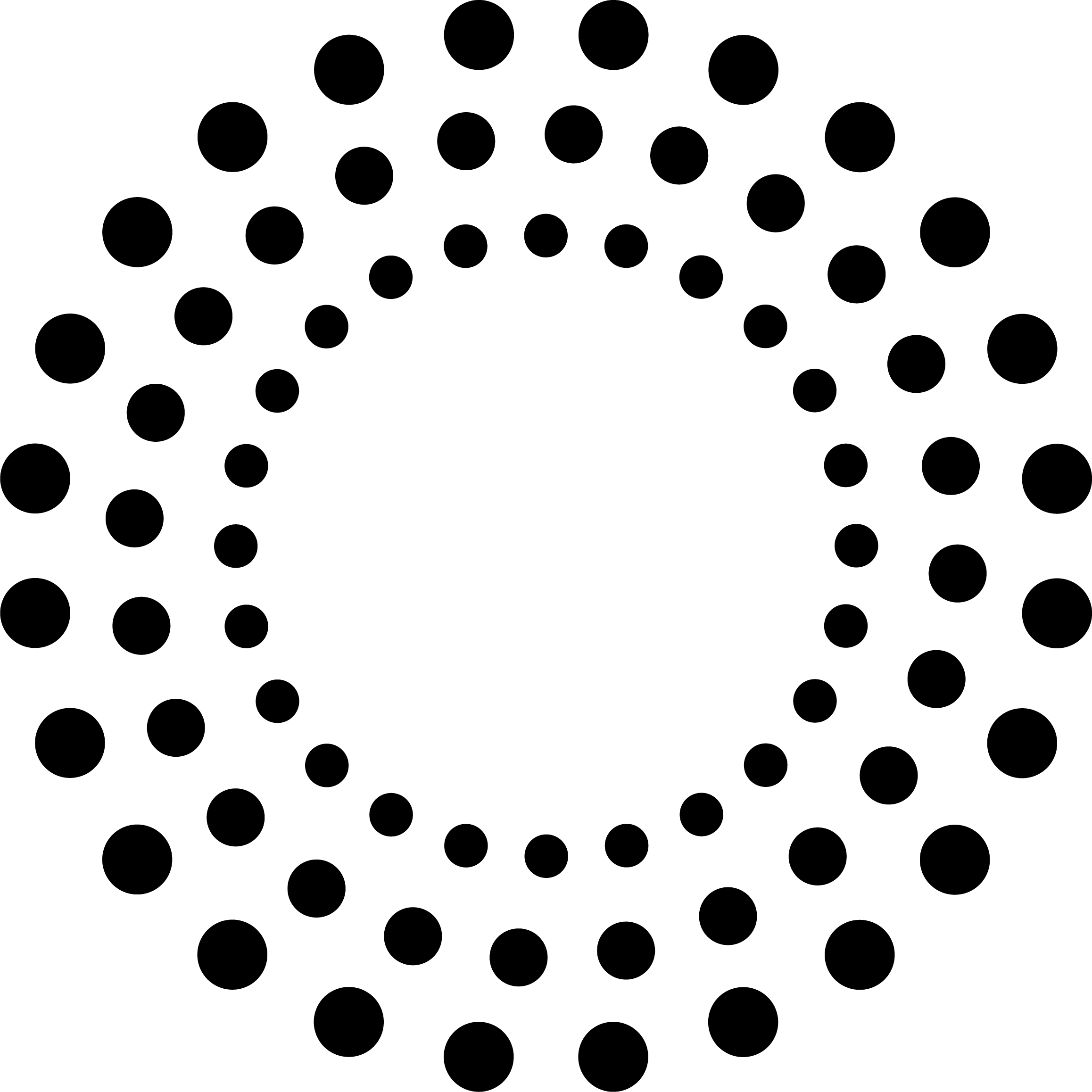

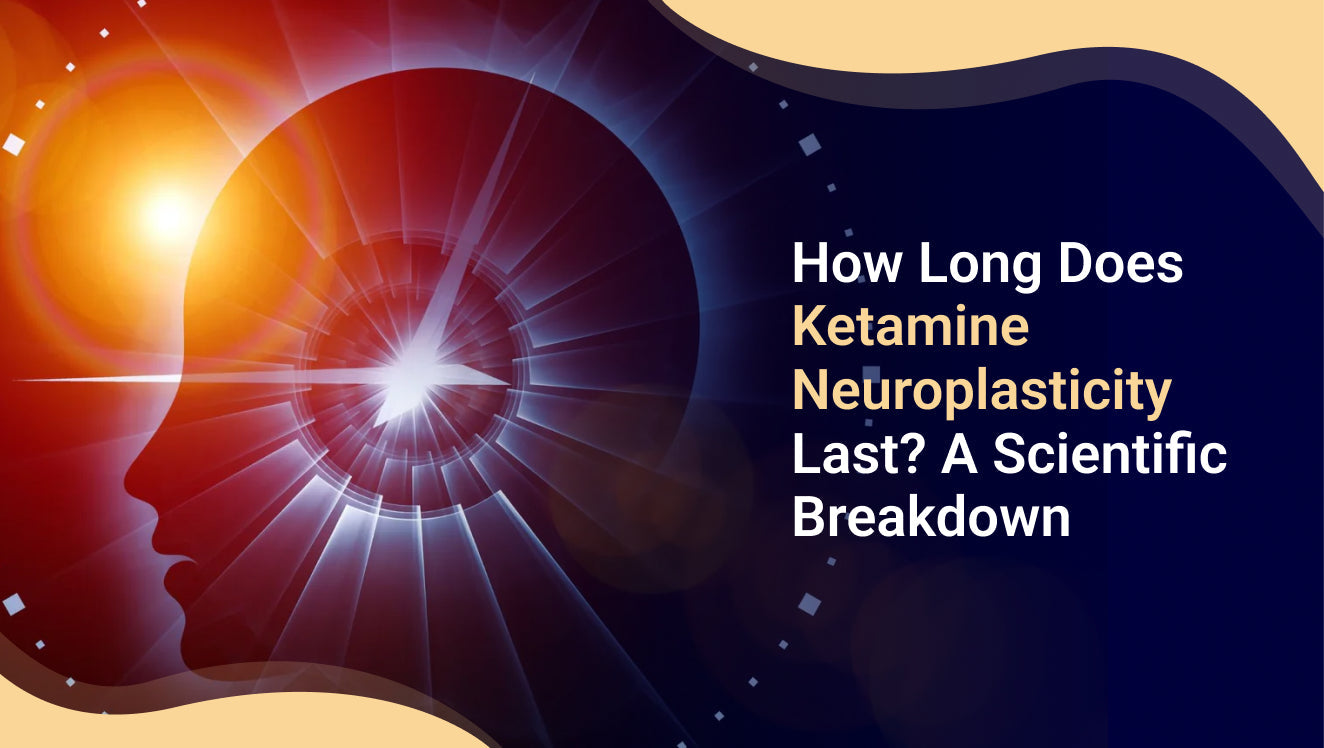

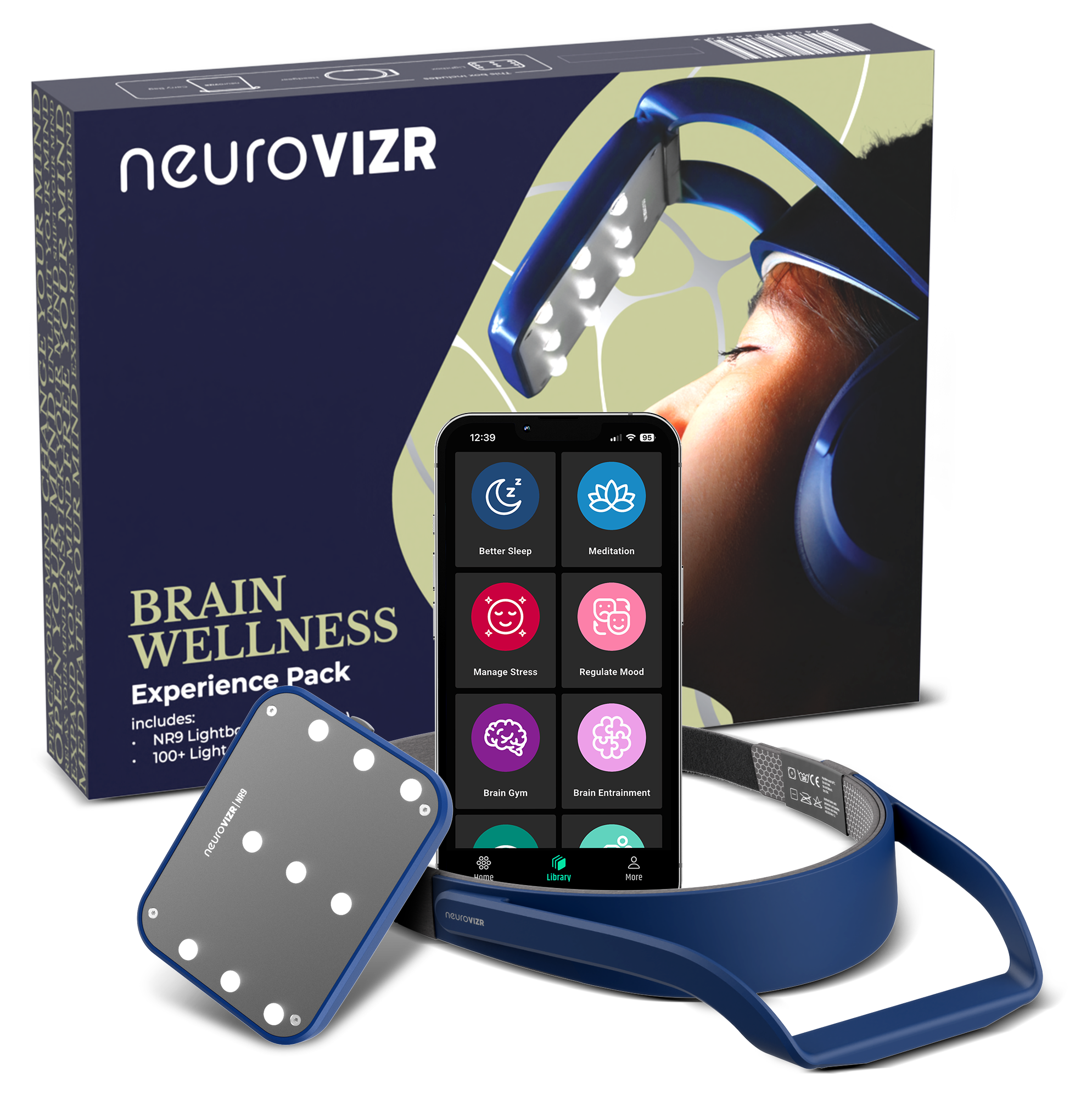

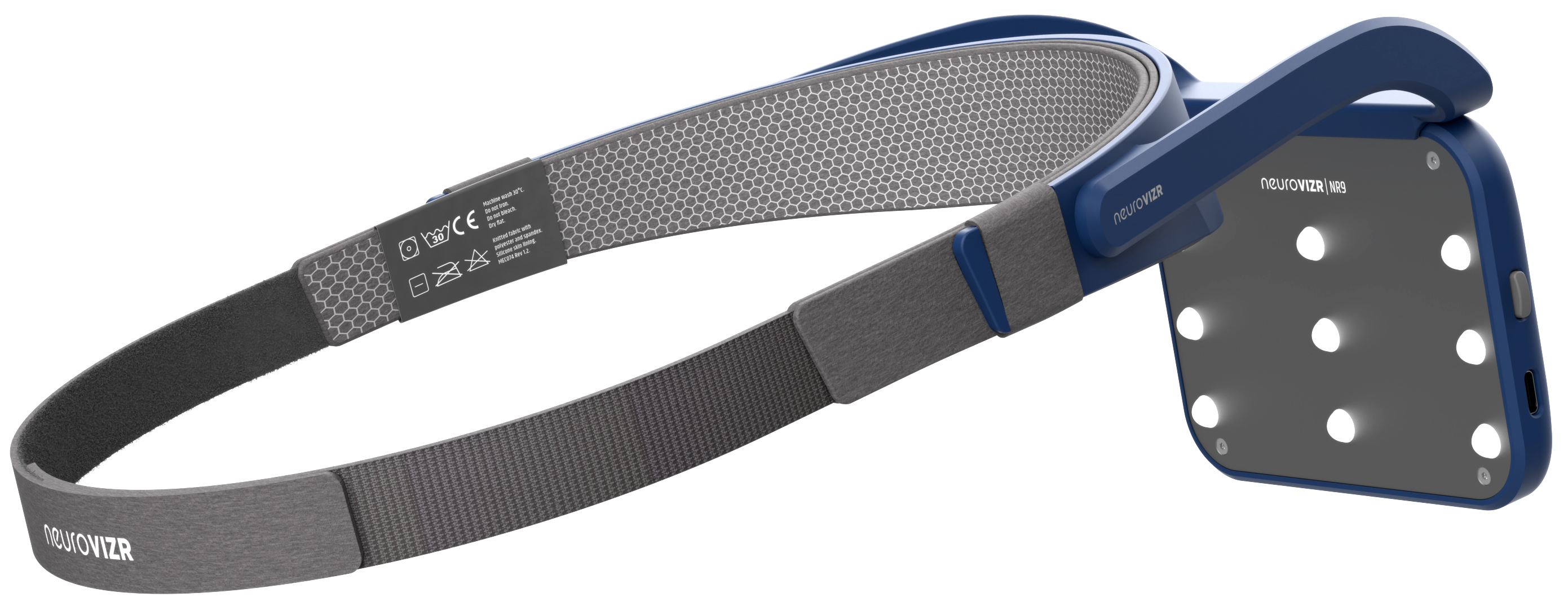
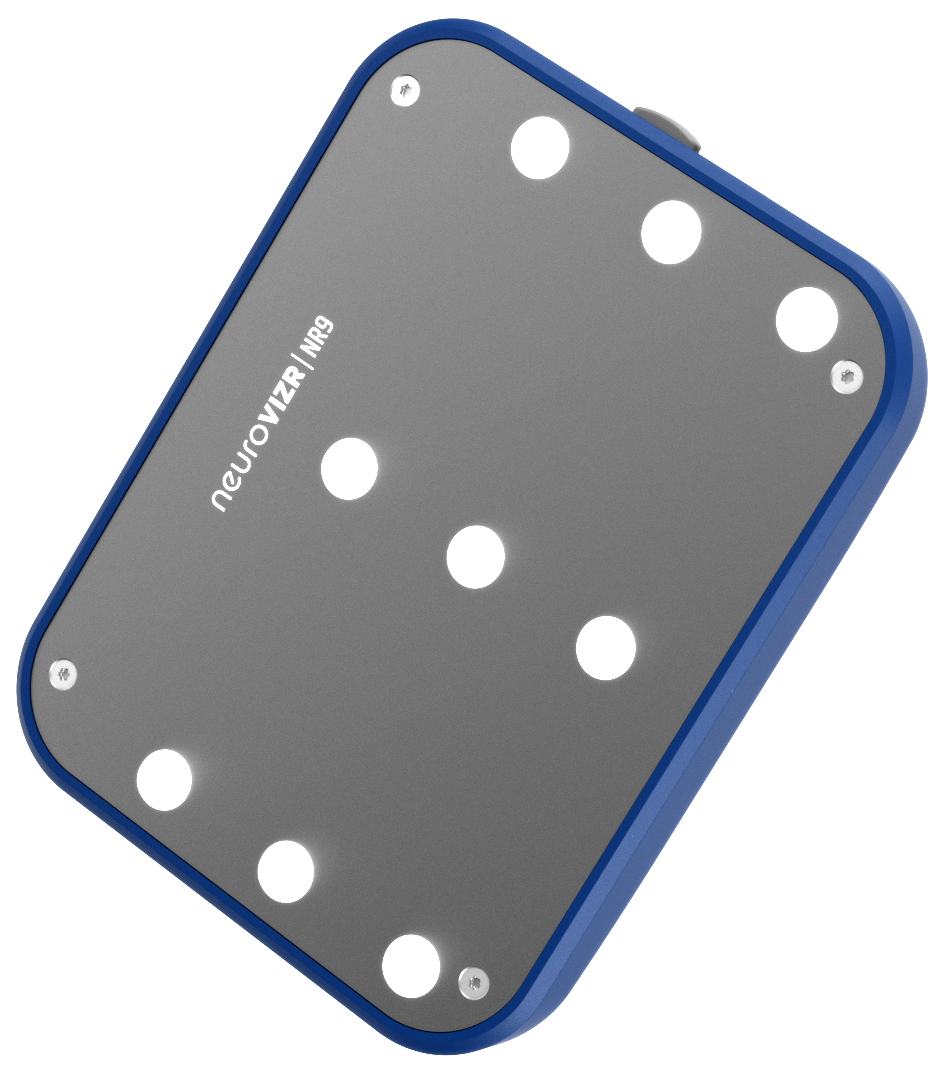
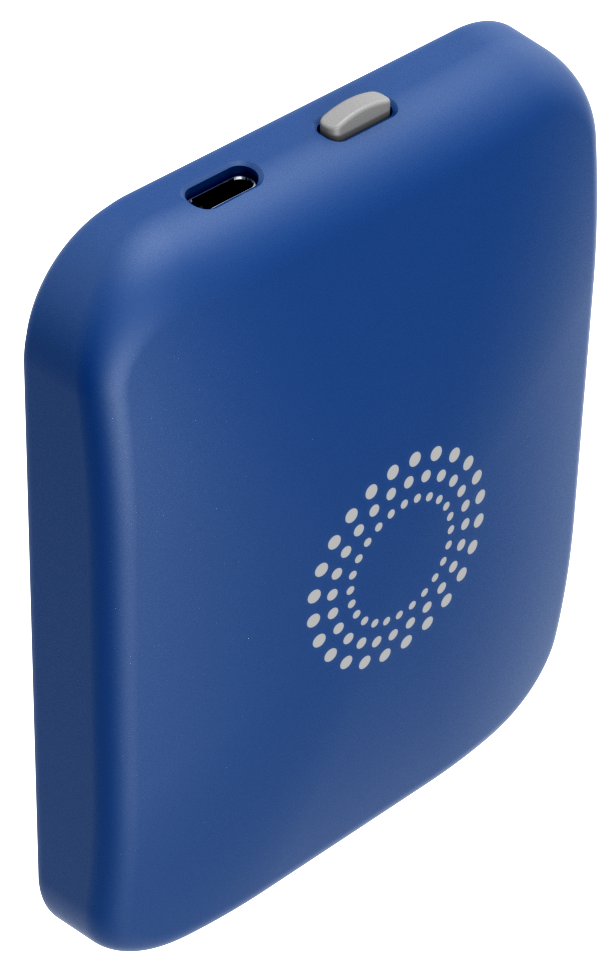
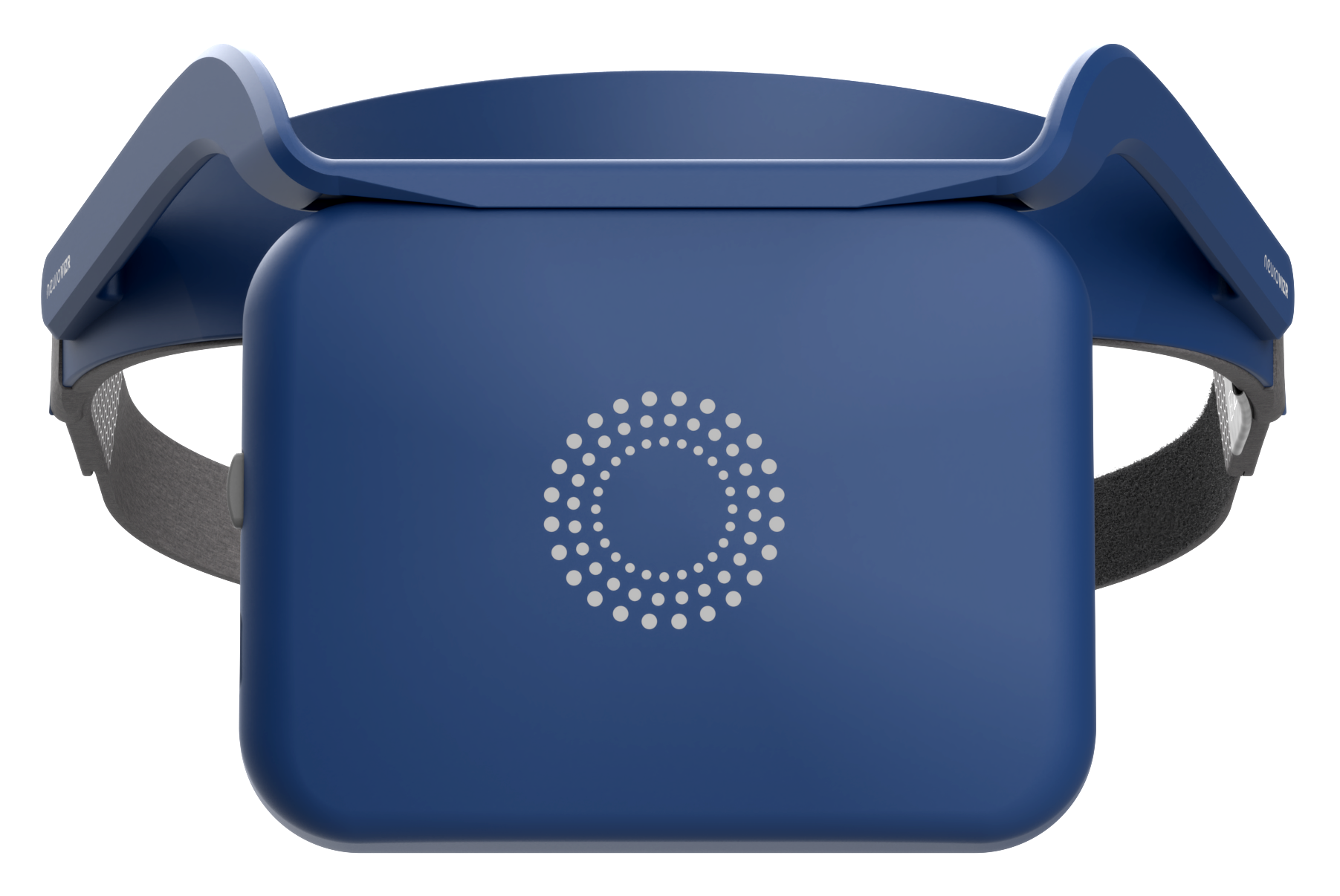
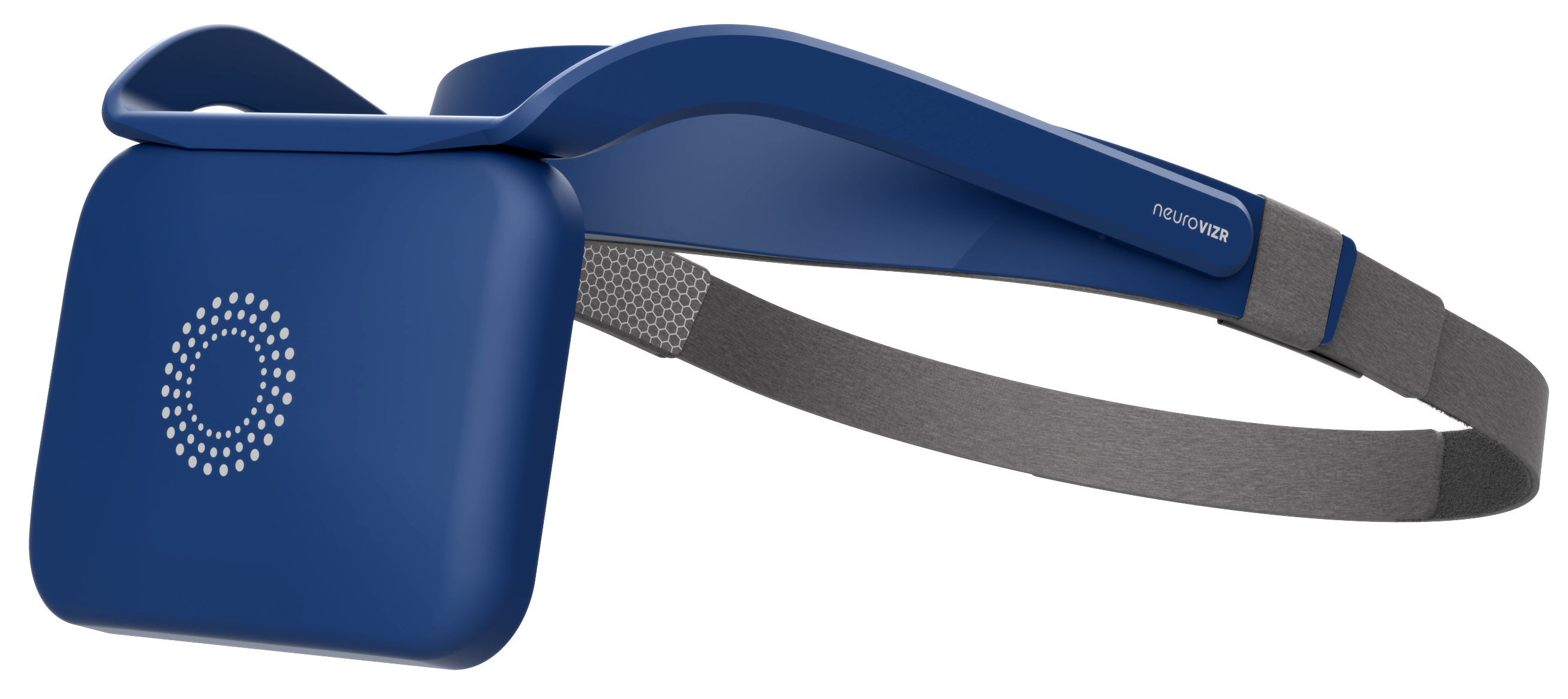
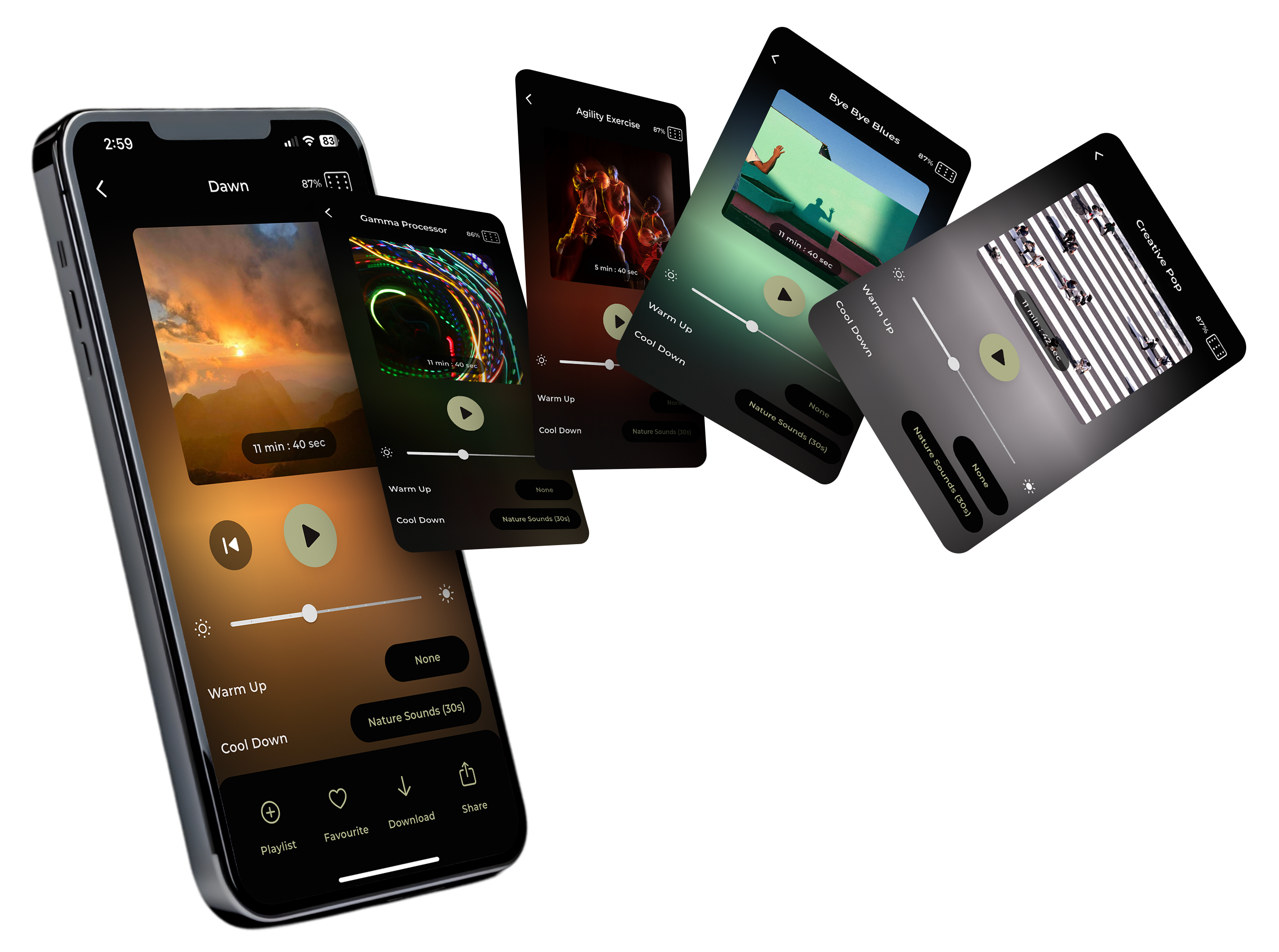
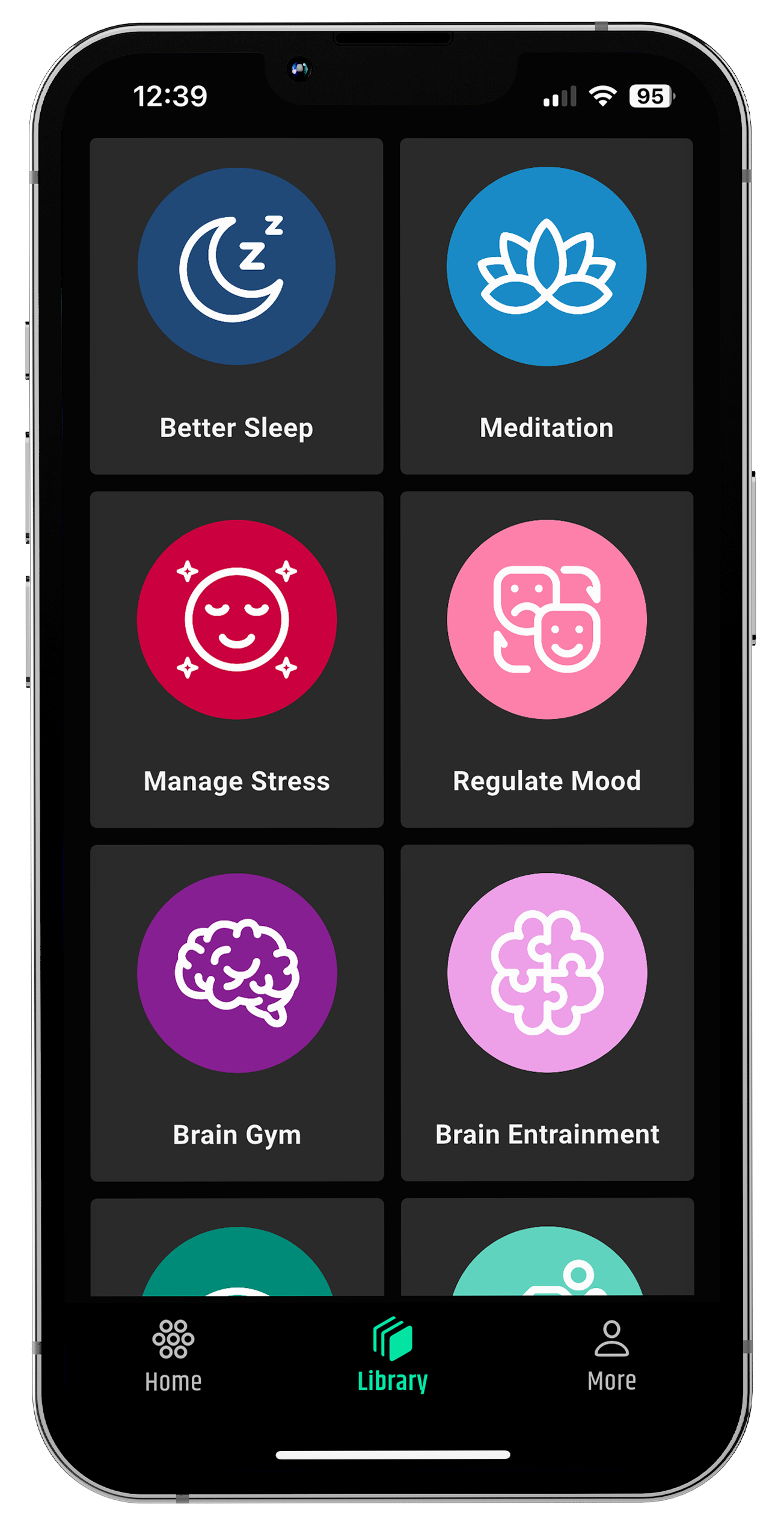
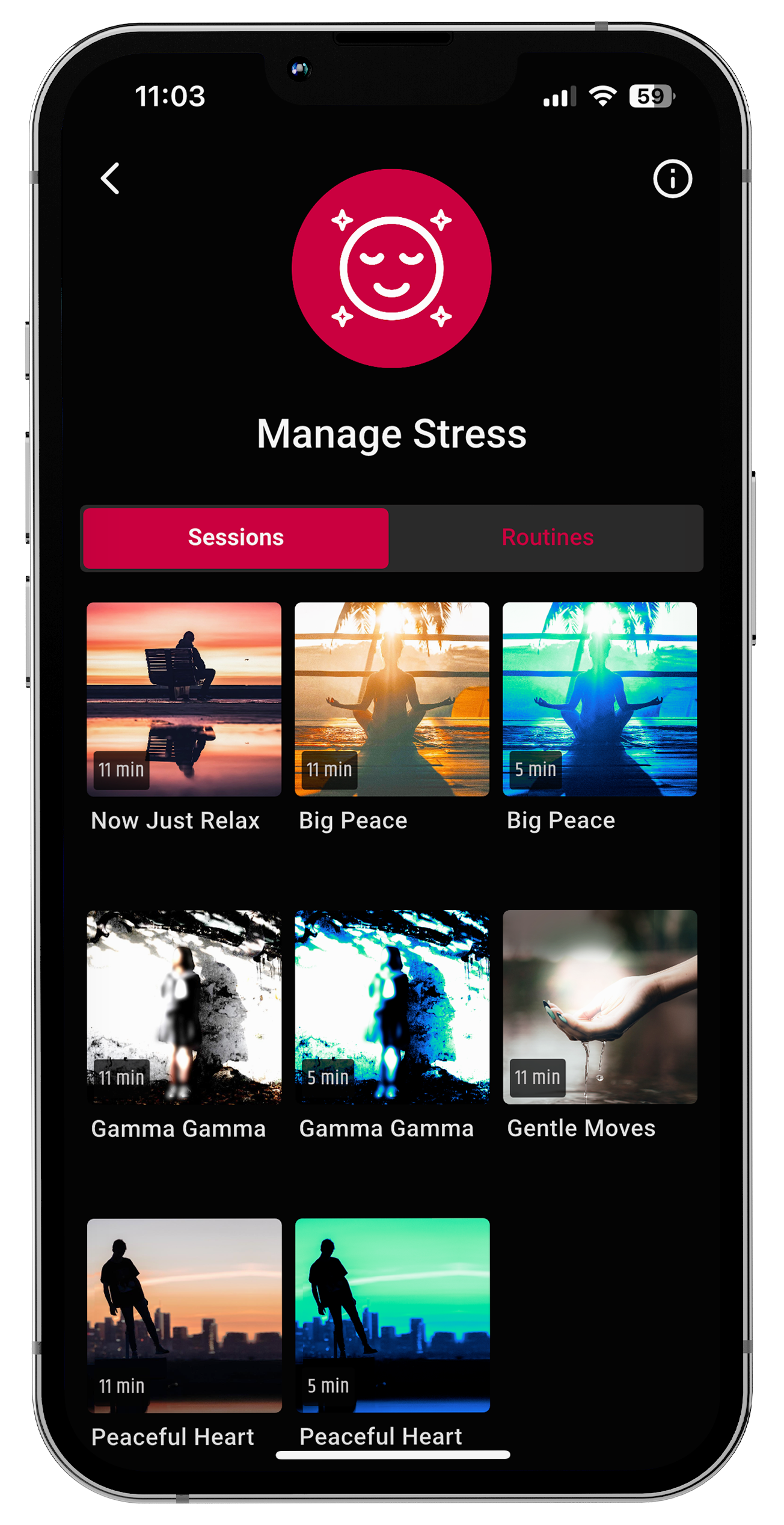
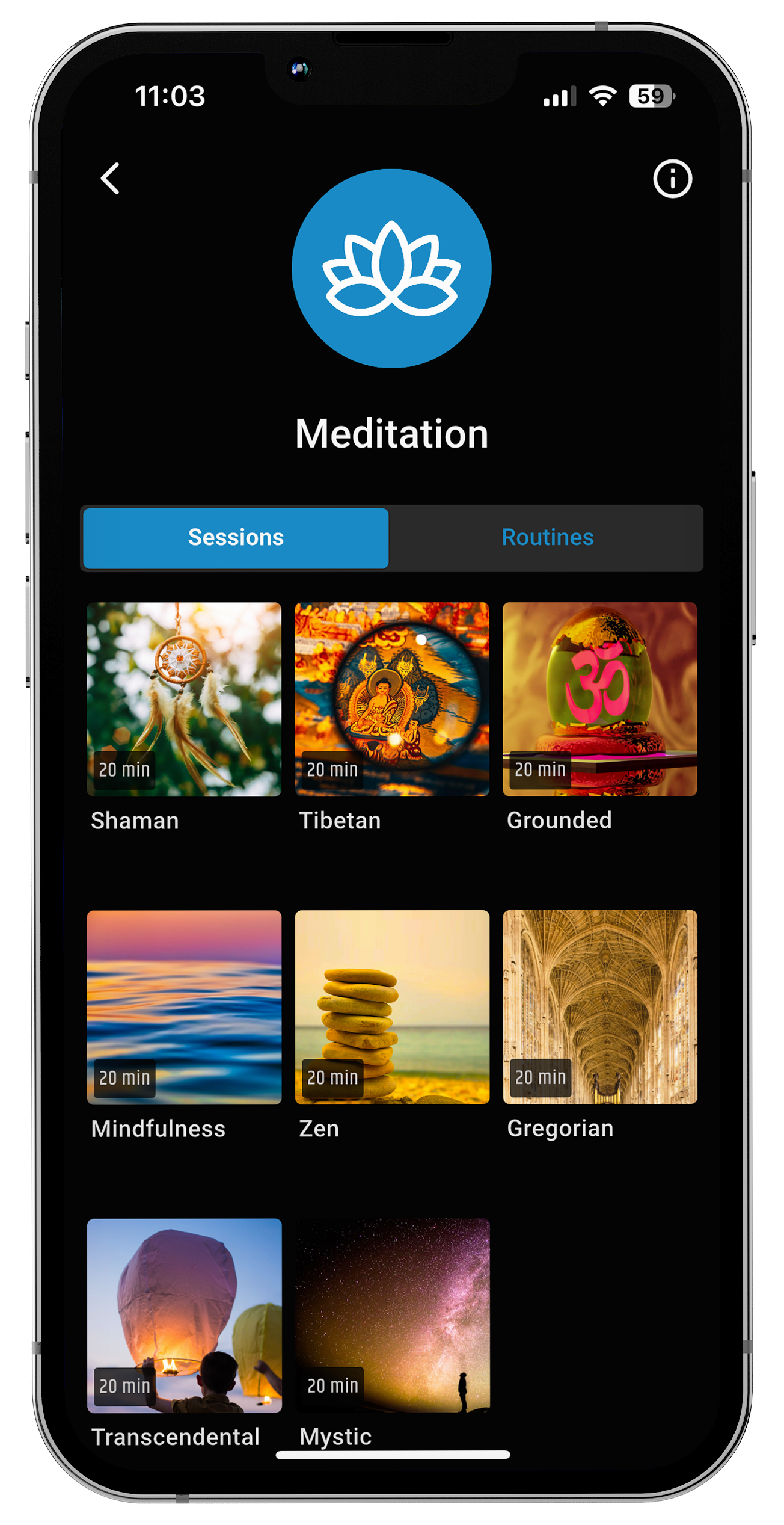
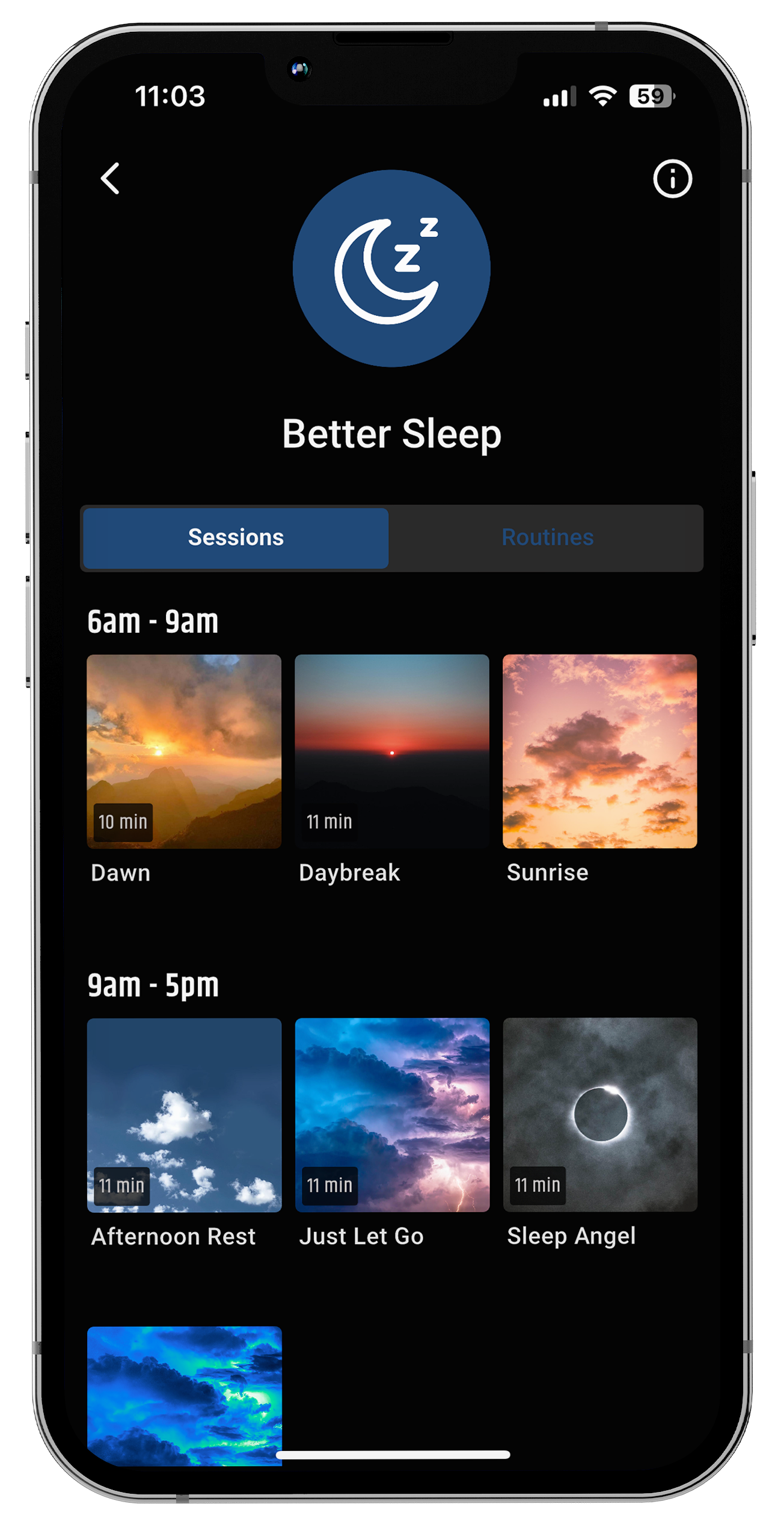
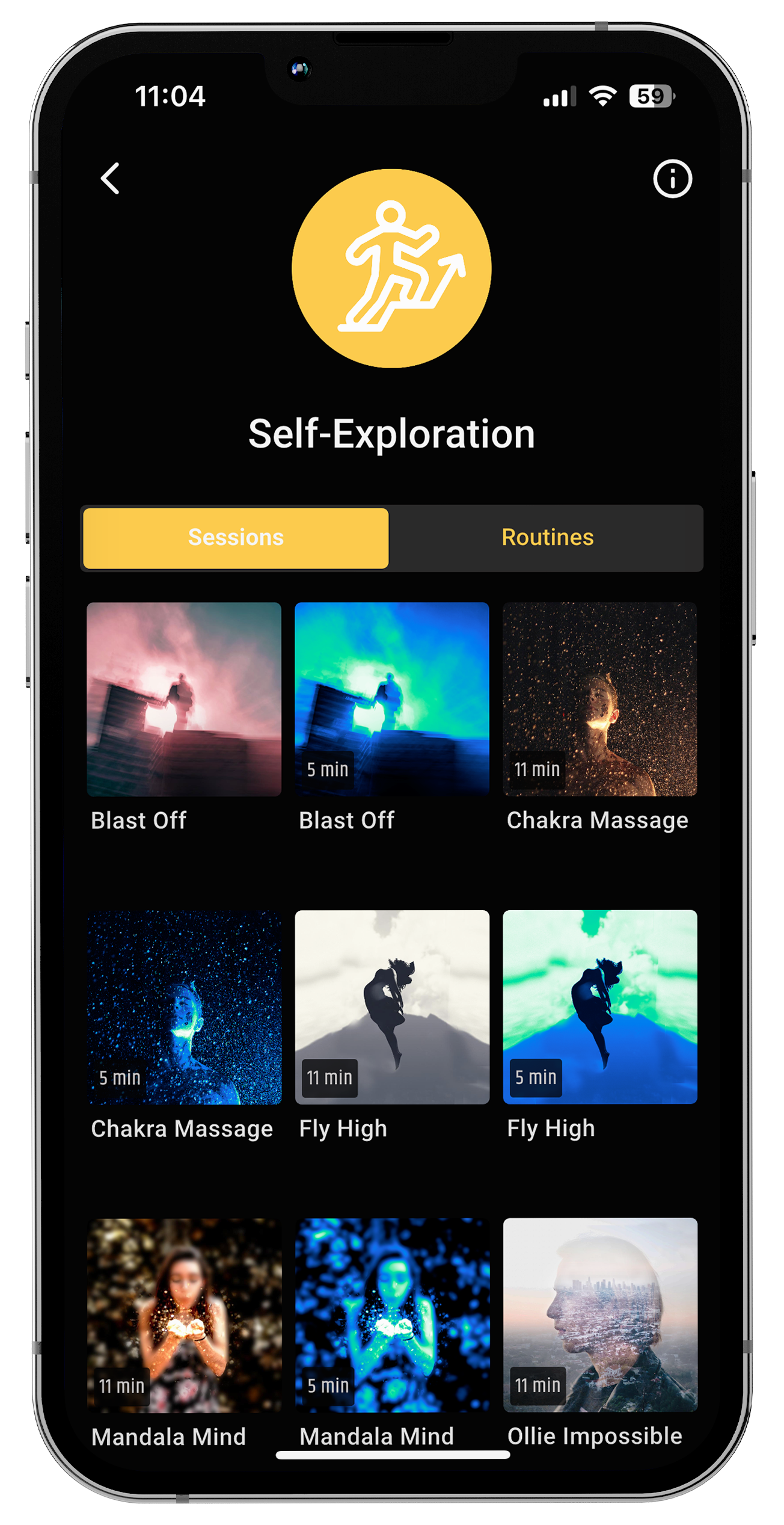
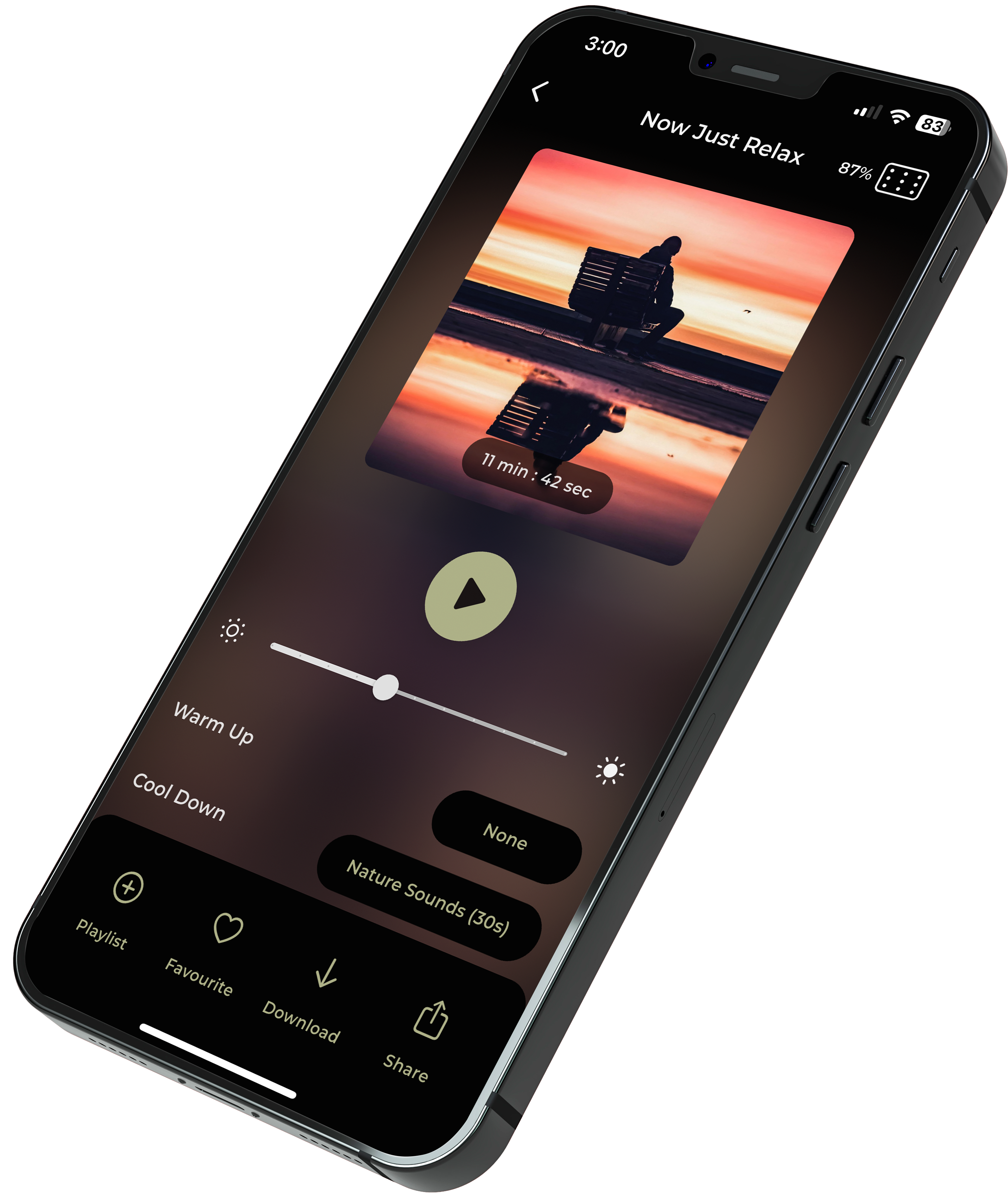


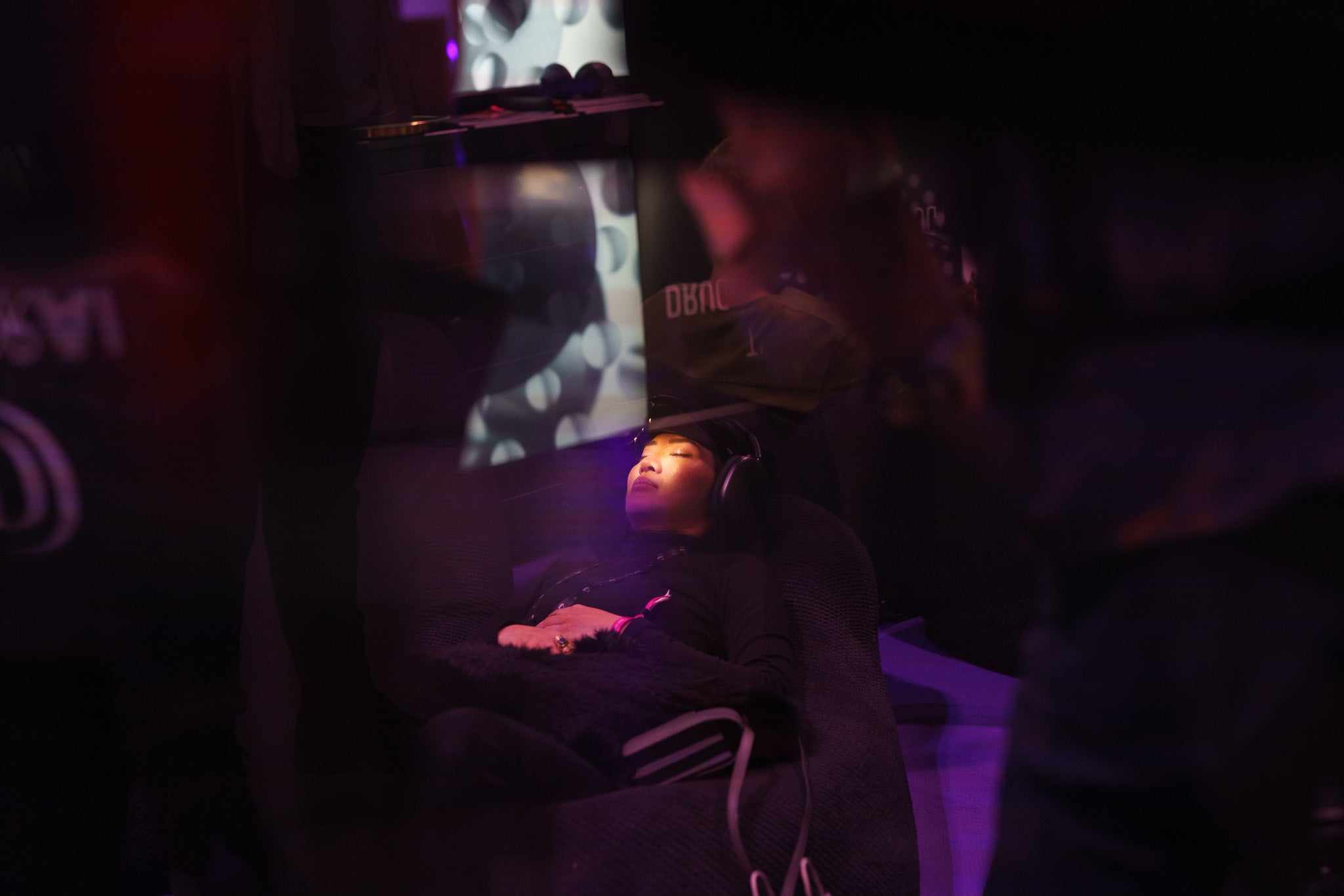




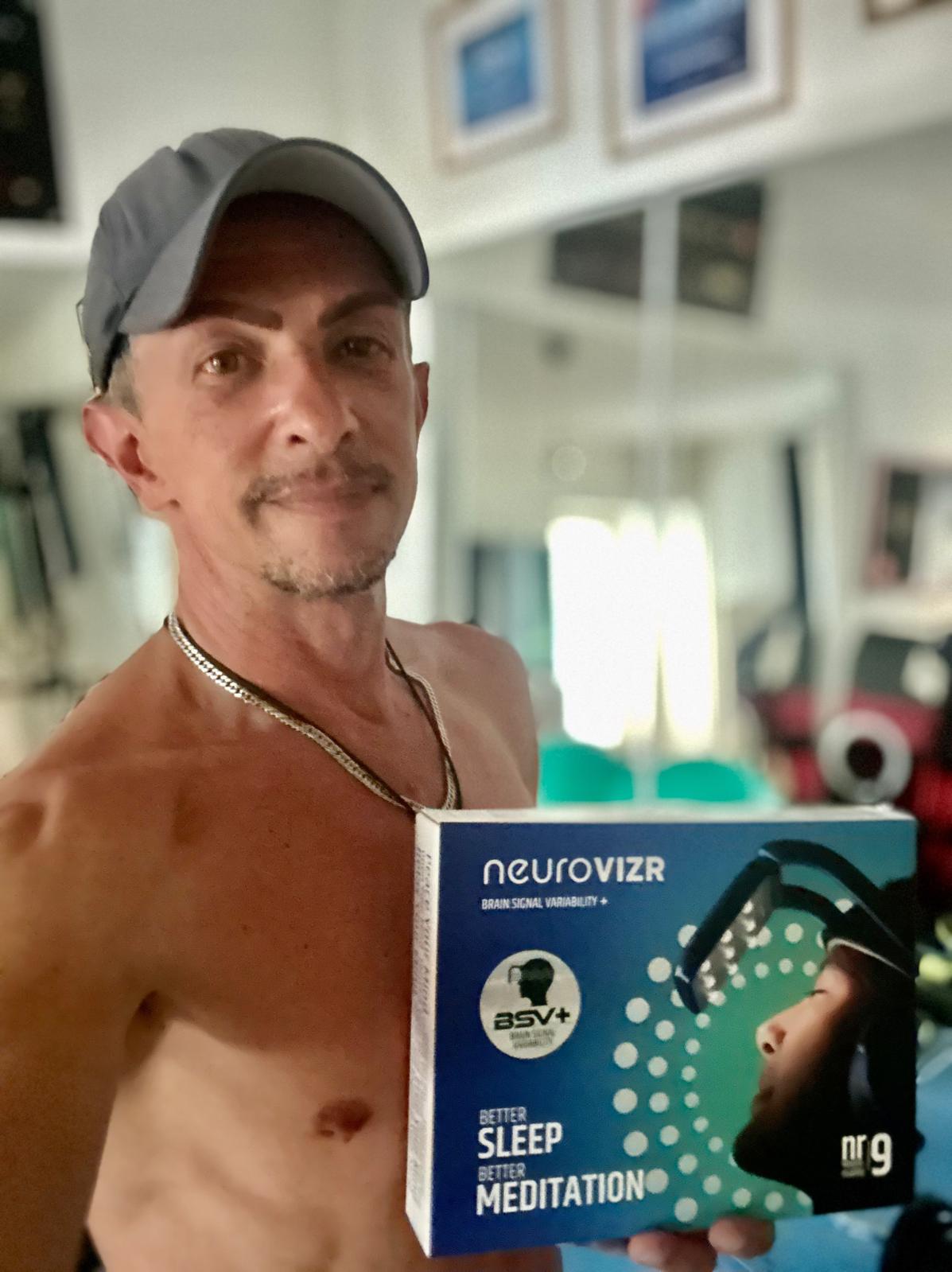
Share:
Experience the Mental Reset: Stress Reduction and Relaxation in Just 11 Minutes
What Brain Stimulation Is Proper When Struggling in the Morning to Wake Up?